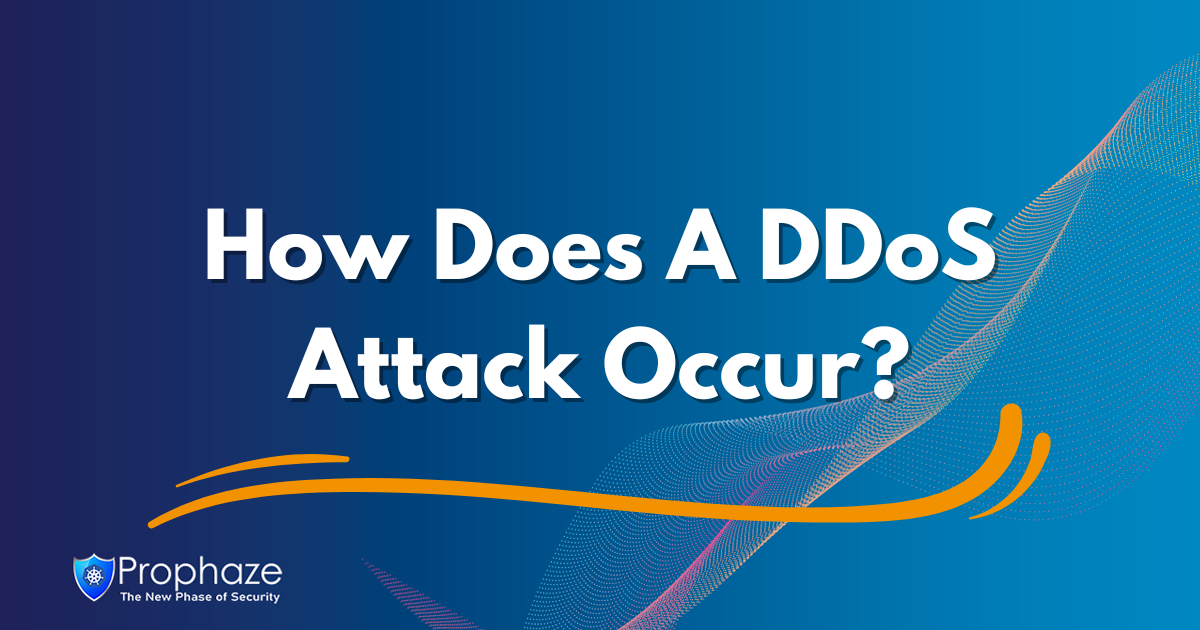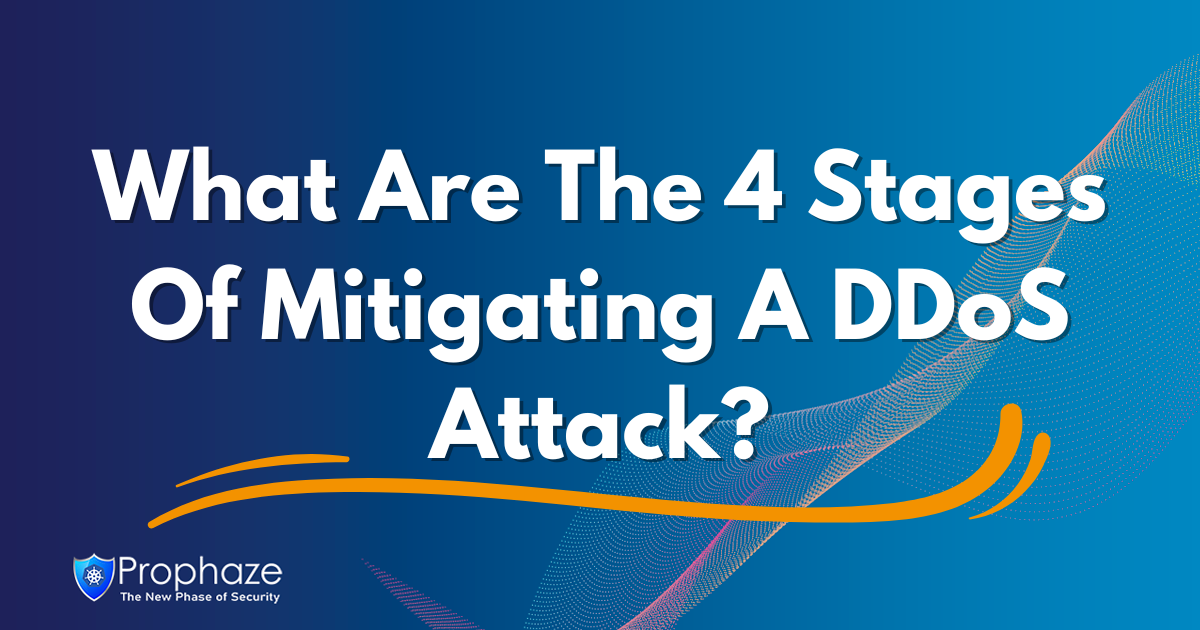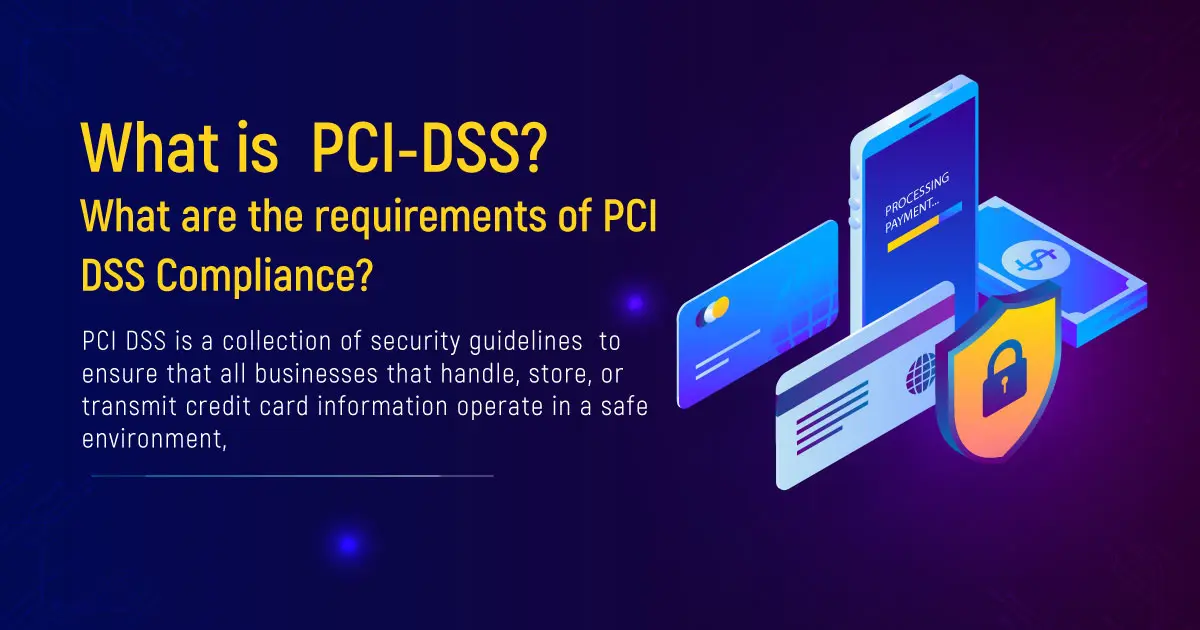Defending Against DDoS Attacks by Safeguarding Your Online Presence
In today’s interconnected world, DDoS attacks are constantly evolving and pose one of the most prevalent and disruptive cyber threats. This blog seeks to provide a comprehensive comprehension of DDoS attacks and highlight practical preventive measures for the protection of your online assets.
Understanding DDoS Attacks
The occurrence of a DDoS attack involves overwhelming a target server, network or website with an excessive amount of traffic by the attacker. Rather than employing just one source to flood the target like in traditional DoS attacks, DDoS attacks utilize a network of compromised devices that form a botnet. The attacker directs these botnets to flood the target simultaneously, rendering it inaccessible to legitimate users.
Preventive Measures against DDoS Attacks:
Implement robust network infrastructure:
A resilient network infrastructure forms the basis for preventing DDoS attacks. Using load balancers and firewalls in a redundant and scalable network architecture helps distribute traffic and filter potential threats. Regular updates and patches for software and firmware help protect against known vulnerabilities that attackers may exploit.
DDoS Mitigation Services:
Employing a reputable DDoS mitigation provider can greatly improve your defense against attacks. Specializing in identifying and mitigating DDoS threats, these providers make use of advanced monitoring and traffic analysis tools. They use techniques like rate limiting, traffic scrubbing, and routing diversions to safeguard your network and guarantee uninterrupted services.
Traffic Monitoring and Anomaly Detection:
By implementing robust traffic monitoring and anomaly detection systems, it becomes possible to proactively identify potential DDoS attacks. To identify suspicious activity, these systems analyze network traffic patterns, resource utilization, and behavioral anomalies. The response time of security teams in mitigating the attack can be significantly improved through the use of automated alerts and real-time notifications.
Load Balancing and Traffic Shaping:
A single server is prevented from becoming overwhelmed by distributing incoming traffic across multiple servers. Distributing the load evenly allows organizations to mitigate the impact of DDoS attacks. Furthermore, through the use of traffic shaping techniques, legitimate traffic receives priority treatment, enabling critical requests to successfully reach the target resources while minimizing any negative effects caused by malicious traffic.
Incident Response Planning:
A comprehensive incident response plan is necessary to minimize the impact of a DDoS attack. The plan for the incident response team should include outlining roles, responsibilities, and escalation procedures. By regularly conducting drills and simulations, the effectiveness of the plan can be tested, resulting in a coordinated and efficient response when an attack happens.
Cloud-Based Protection:
Employing cloud-based security solutions gives a further safeguard against DDoS attacks. Cloud service providers can absorb and filter out massive volumes of traffic, utilizing their infrastructure and expertise to ensure that only legitimate requests reach your network. A solid hybrid defense mechanism can be achieved by integrating your on-premises defenses with cloud-based protection.
Conclusion
Businesses of all sizes face significant risks from evolving DDoS attacks in terms of scale and sophistication. Safeguarding your online assets requires understanding the nature of these attacks and implementing preventive measures. Organizations can enhance their defenses by combining robust network infrastructure with proactive monitoring, DDoS mitigation services, and a well-defined incident response plan. They can also alleviate the impact of DDoS attacks. Ensure uninterrupted services and protect your digital presence by staying vigilant, prioritizing cybersecurity, and partnering with reputable experts.









